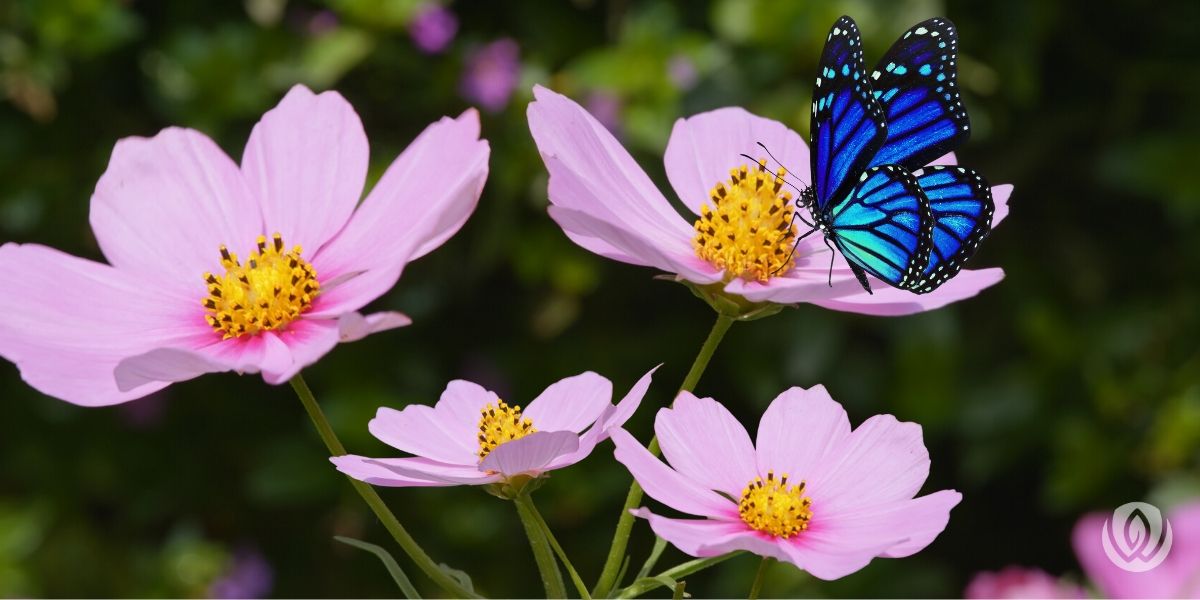
Attracting beneficial insects and bugs to your yard helps your landscape, and helps the planet. What’s the difference between insects and bugs? Good question.
Insects typically have wings, antenna, three sets of legs, and three distinct body segments. Butterflies, bees, ladybugs, and flies would be good examples of true insects. Bugs, on the other hand, typically have tough forewings and suck juices from plants. For example, aphids are bugs.
Other flying and creepy crawlies are beetles, caterpillars, and centipedes.
Insect image credits: Pixabay.com
The top beneficial insects for your garden and yard include:
Bees and butterflies pollinate your garden, look pretty, and sometimes make yummy honey. The next four on our list eat the bad bugs like aphids, caterpillars, spider mites, whiteflies, mealybugs, and more, in addition to pollinating. Lady beetles are in a class all their own, and they love to eat aphids.
If you have a lot of the beneficial insects, you can prevent some of the problems the bad insects cause, without using chemicals.
Plant image credits: Amazon.com
Native plants are especially good at attracting beneficial insects. Many of the good guys and gals are pollinators. Some of the best plants that attract beneficial insects are flowering plants and herbs.
A pollinator garden can include a variety of flowering plants and herbs that flower at different times of the season. Perennials and annuals alike will attract beneficial insects. Some of the best plants include:
Leave the dead stems in place at the end of the growing season to let the seeds spread and provide food for the birds. Or cut them down to fifteen inches, which will still create nesting and overwintering habitat for the following season.
Planting a new pollinator garden can take quite a bit of work. That can include creating a new garden bed, (think digging up sod), or removing plantings from an existing bed. Then there’s a lot of digging and mulching involved. If that sounds like fun to you, go for it.
But if you like looking at a garden more than you like the work that goes into one, consider hiring a landscape design team to consciously make your landscape more attractive to beneficial insects. Mother Nature will thank you!
"*" indicates required fields
